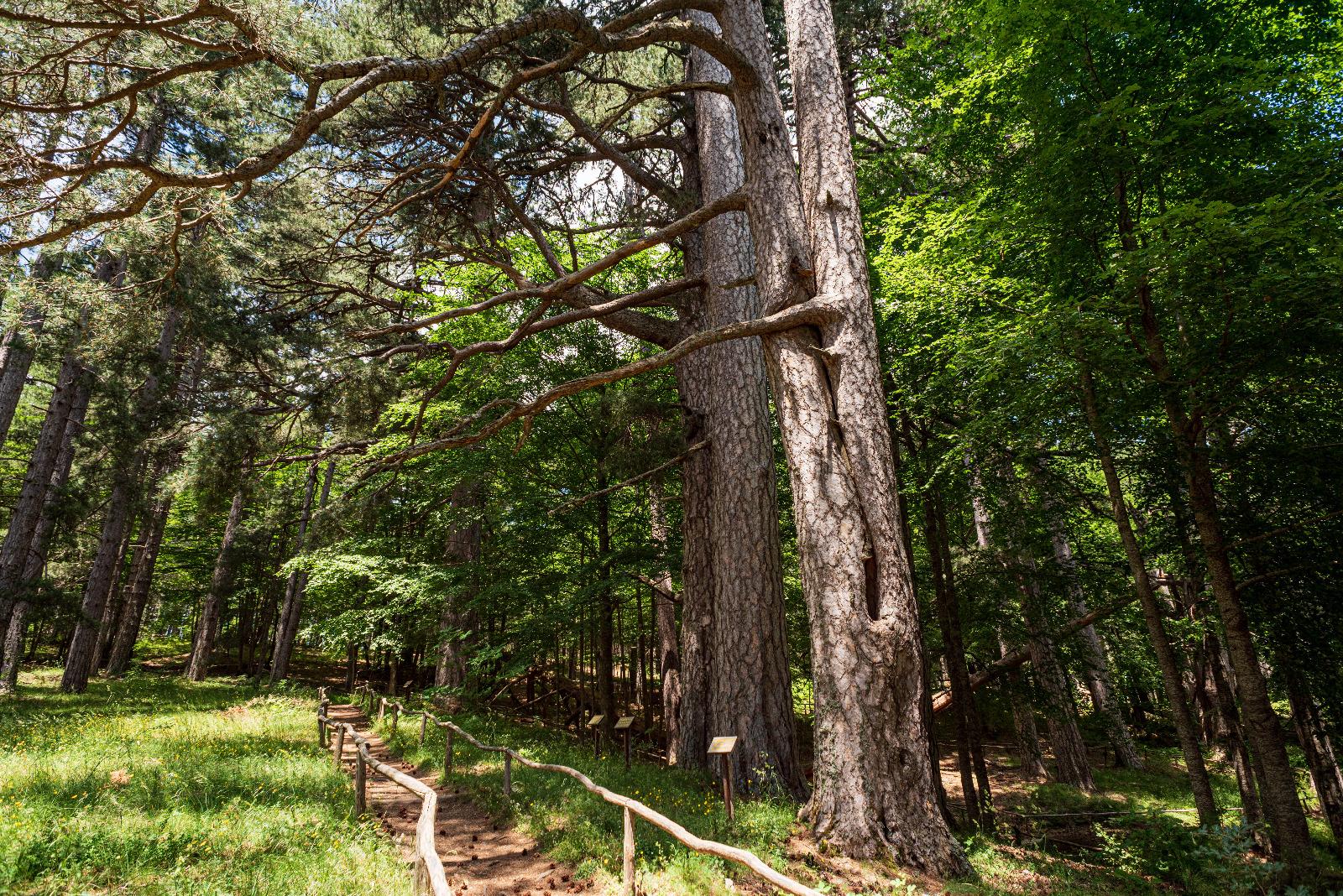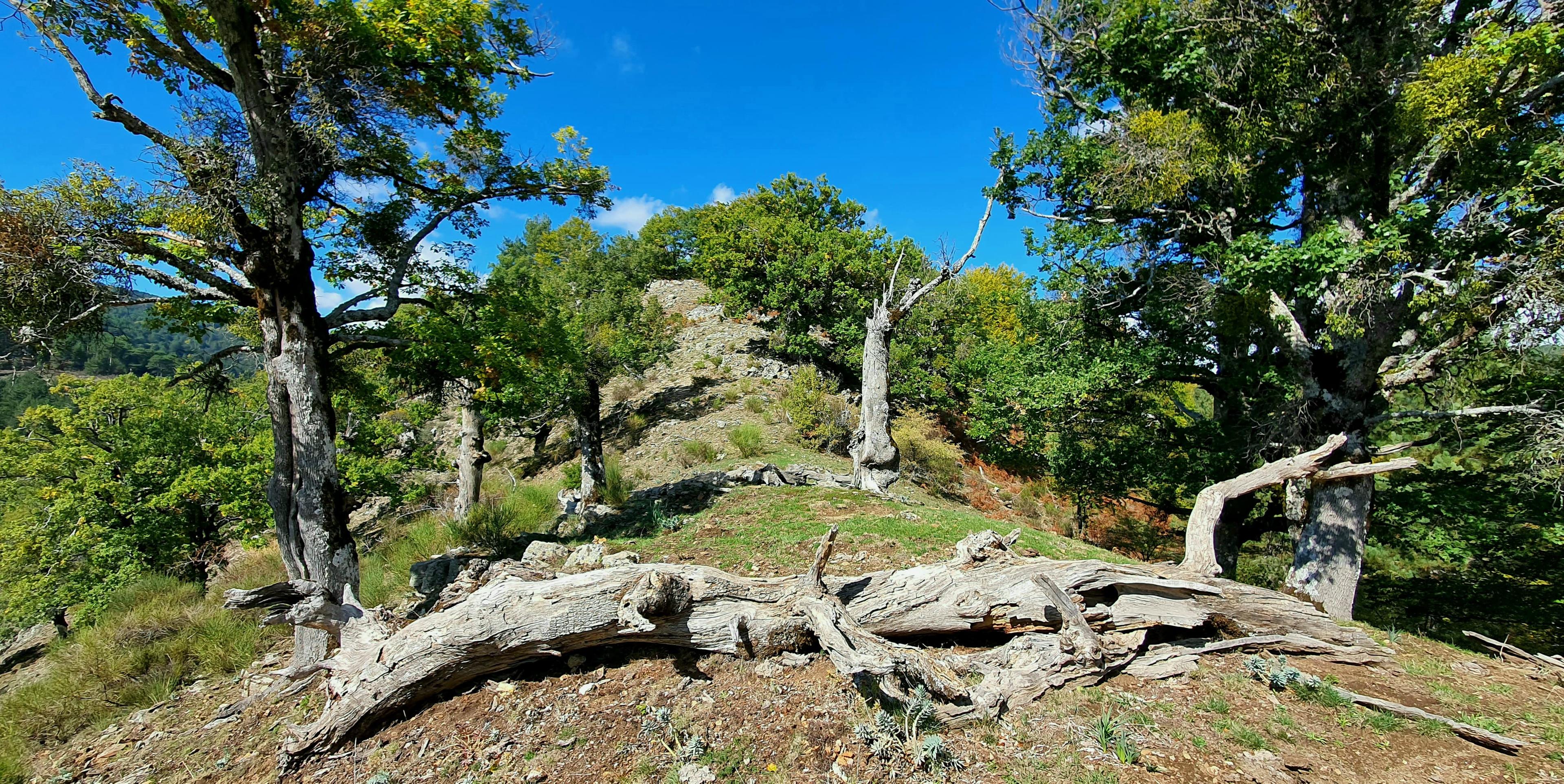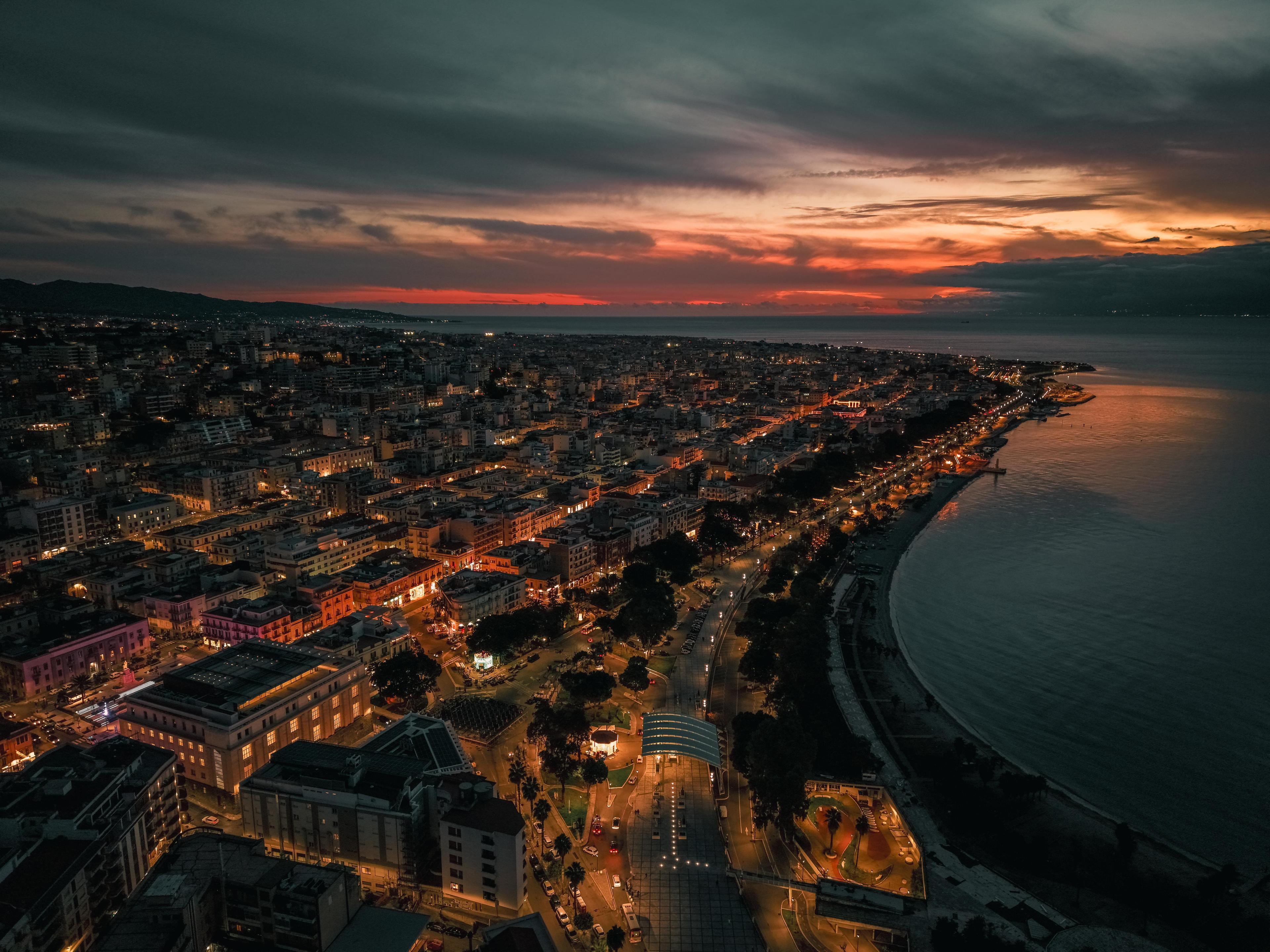Itinerary of the UNESCO Sites in Calabria
Discover the UNESCO Calabria: monuments, nature areas and popular rituals

Cultural historian
Duomo, Cosenza - Regione Calabria
Travel information
Category
Cultural historian
Target
For all
Did you know that there are 11 UNESCO Sites in Calabria and another 5 proposed by the Region as World Heritage Sites?
Come and discover them all in a unique itinerary that, from north to south, passes through the fascinating encounter with the UNESCO Calabria and its internationally protected jewels: monuments, works of art and traditions of faith and folklore that represent some of the most precious heritages in the Mediterranean.
Below are the Calabria UNESCO Sites and a travel itinerary to visit them, one stop after the other:
- Pollino National Park - GeoPark (CS)
- Faggete Vetuste del Pollinello (CS)
- Cathedral of Cosenza
- Codex Purpureus Rossanensis (CS)
- Sila National Park (CS, CZ, KR)
- Mediterranean Diet (Nicotera, VV)
- Varia of Palmi (RC)
- Aspromonte National Park - GeoPark (RC)
- Faggete Vetuste della Valle Infernale (RC) - currently not open for visits
- City of Reggio Calabria
- Greek of Calabria (RC)
This is the list of sites nominated by the Region and awaiting UNESCO approval:
- Cattolica of Stilo and Basilian Complexes (RC, CS, CZ, KR, VV)
- Historic Centre of Gerace (RC)
- Byzantine Baptistery of Santa Severina (KR)
- Oratory of San Marco in Rossano (CS)
- Monastery of San Giovanni Therìstis in Bivongi (RC)
Pollino National Park
Faggete Vetuste del Pollinello

Cathedral of Cosenza

Codex Purpureus Rossanensis

Sila National Park
Mediterranean Diet

Varia of Palmi

Aspromonte National Park

Faggete Vetuste della Valle Infernale

Reggio Calabria

Greek of Calabria
You might be interested in
Last update: Dec 15, 2025 11:14 AM


